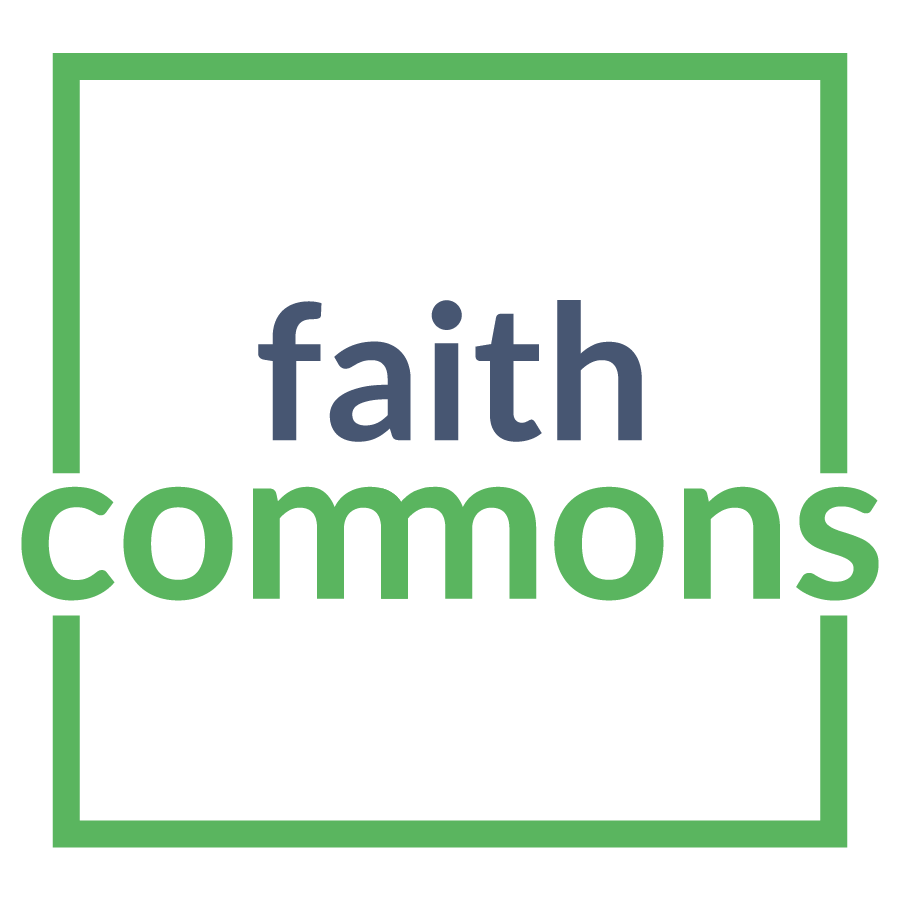by Rabbi Nancy Kasten
Days end abruptly in the Northern Hemisphere at this time of the year, followed by long, dark nights. Science explains what naturally occurs when the Earth orbits the Sun, but our instincts still make us wonder if something is wrong. The human impulse to prefer light over darkness is ancient and modern, urgent and enduring.
A Talmudic text dating back to before the 7th Century CE states: When Adam saw that the day was continuously shortening, he said, “Woe is me! Because I have sinned, the world darkens around me, and returns to formlessness and void. This is the death to which Heaven has sentenced me!” He decided to spend eight days fasting and praying. When he saw the winter solstice, and he saw that the day was continuously lengthening, he said, “It is the order of the world!” He went and feasted for eight days. The following year, he feasted for both.
No question about it, it is more fun to feast than to fast. Once Adam was assured that the apocalypse was not upon him, dispelling darkness was no longer his responsibility. He just had to distract himself until things changed on their own.
The holiday season in our “Judeo-Christian” culture is replete with shiny distractions. In the opening scene of Steven Spielberg’s biopic, “The Fabelmans,” the Fabelman family drives up to their home in New Jersey—apparently the only Jewish home, and therefore the only house without Christmas lights. The dark house announces the owners’ difference (one of these things is not like the others) but its darkness in the midst of light reflects deep sadness, loneliness, and isolation not limited to the Christmas season.
We don’t like darkness. It makes us anxious. Seasonal Affective Disorder (its apt acronym is “SAD”) is a mental health diagnosis for those who exhibit depressive symptoms only at this time of year. But darkness is different from light, not the opposite or absence of light. Important things happen in the dark, and we limit our human potential when we eschew it.
Valarie Kaur invites us to rethink our aversion to darkness when she asks, “Is this the darkness of the tomb, or the darkness of the womb?” The creative genius (Spielberg himself!) that emerged from that dark Jewish house in New Jersey has expanded the human narrative for billions of people across the globe. Darkness can be our teacher if we meet it with curiosity and respect. Darkness can lead to things that light never will. It can even lead us to hope.
What can we hope for in these short days around the winter solstice, when some of us may find it hard to let go of feeling that the apocalypse might really be upon us now?
The late 19th/early 20th century Chinese essayist, Lu Xun once wrote, “Hope is like a path in the countryside. Originally there is nothing—but as people walk this way again and again, a path appears.” We may not know exactly what to hope for, but maybe if we get more comfortable with the dark, we can forge a path that will take us there.
Albert Camus wrote, “In the depth of winter I finally learned that there was in me an invincible summer.” Life persists, even as the seasons pass. Light and darkness are given to us as gifts, to be used for good or for evil. We choose our path, and suddenly we find what we might not even have known we hoped for.
May you be blessed with hope in this season of darkness and light.
